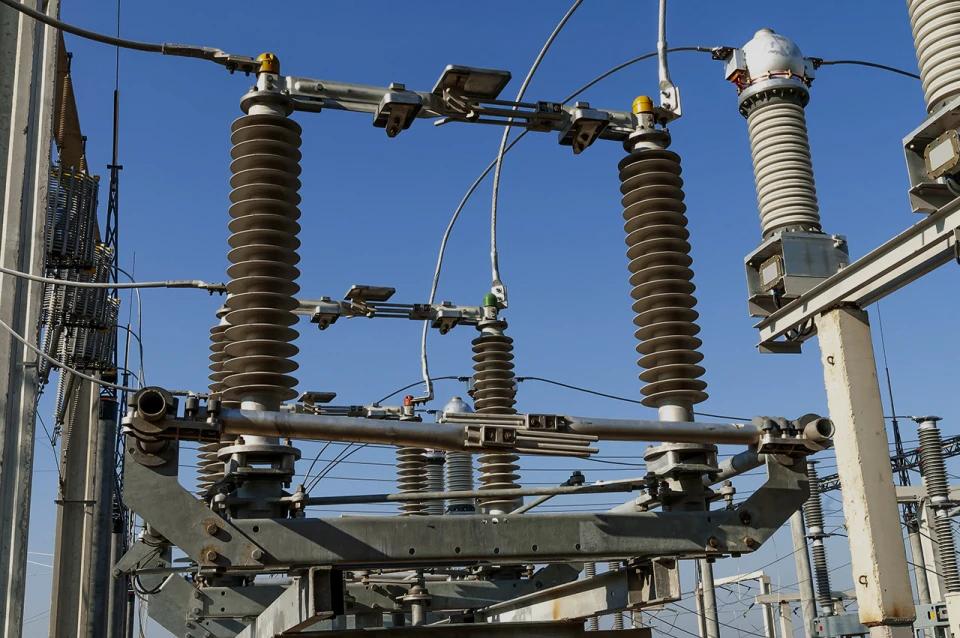
Greenpeace: new Russian strikes on Ukrainian substations may lead to large-scale blackouts
Greenpeace nuclear experts have warned that Ukraine's nuclear power plants are at high risk and urged the International Atomic Energy Agency (IAEA) to take stronger action to prevent a potential disaster
According to a Greenpeace press release, the Russian attack on November 17 targeted Ukraine's key electrical substations, which are essential for the safe operation of nuclear plants. These substations supply electricity to cooling systems for nine active reactors and spent fuel pools.
If power to the plants is cut off due to further attacks, they would rely on emergency backup generators and batteries, which only last for 7-10 days. If the grid connection isn’t restored within this time, the risk of a nuclear disaster increases dramatically.
Greenpeace's nuclear expert in Ukraine, Sean Burney, stressed that the safety of Ukraine’s entire nuclear fleet is now at a heightened risk of catastrophic failure.
Sean Burney emphasized that despite repeated warnings about Russian threats to Ukrainian nuclear plants, the IAEA has only visited them twice in almost three months. He urged the agency to send personnel to the plants immediately, before it’s too late.
Greenpeace Central and Eastern Europe (CEE) has called on IAEA Board members to pressure the agency’s leadership to take immediate and effective action to prevent a nuclear catastrophe.
The group stressed that the IAEA must resist Russian pressure and protect Europe from a potential disaster, which could have catastrophic radiation consequences, similar to the Fukushima disaster in 2011 or the Chornobyl disaster in 1986.
- According to the UN Human Rights Monitoring Mission (HRMMU), this winter Ukraine may be without electricity for 4 to 18 hours a day.
- News












































